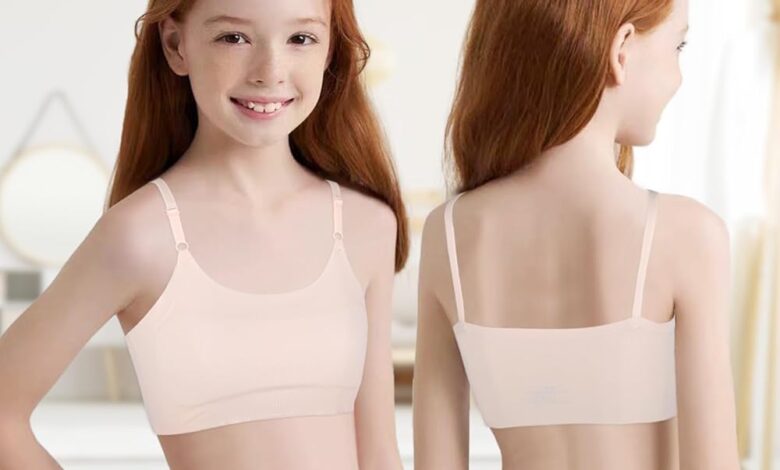Signs Your Child is Ready for a Starter Bra

How do parents recognize when their young girl child needs extra support? What are the indicators that this step is necessary? These questions often come to mind when considering whether it’s time for their children to start using undergarments designed for preteens. It can be a sensitive yet important stage for both children and parents.
The transition into adolescence often comes with many changes, both physical and emotional. While parents may initially hesitate to bring up this topic, providing adequate support can significantly boost a young person’s confidence. Wearing a starter bra becomes relevant once noticeable growth begins, ensuring comfort and an appropriate fit.
Physical Development
When preteens begin to show visible growth, it may be a sign that it’s time for additional support. This growth phase can bring sensitivity or discomfort, especially when participating in physical activities.
Adequate undergarments can help manage these changes, making daily life more comfortable. Parents can check for any physical developments like increased chest size or tenderness, which could indicate the need for new apparel.
Increased Self-Awareness
Another indicator of getting started with the beginners bra is an increased sense of self-awareness in the girl child. As children grow older, they become more conscious of their bodies and how they look.
This awareness often includes concerns about their appearance, especially around peers. If a preteen starts expressing interest in personal grooming or seeks privacy while changing, it could be an appropriate time to consider this new addition to their wardrobe.
Comfort Concerns During Activities
When engaging in sports or physical activities, the child might experience discomfort without proper support. If they express discomfort or avoid active participation, it’s time to think about solutions that can provide ease and protection. Some of the common signs to watch for include:
- Complaints of soreness after activities.
- Adjusting their shirt frequently.
- Reluctance to participate in physical games.
Parents can help ease the transition by introducing the idea of wearing an undergarment designed for young bodies. Ensuring it is soft, simple, and easy to wear will encourage acceptance and comfort.
Discomfort with Regular Clothing
If preteens start showing discomfort with regular clothing, it could be a sign that they need additional support. Loose-fitting tops might not provide the desired coverage, making young ones feel uneasy. At this stage, offering an option that provides gentle support can make them feel more secure and comfortable in their attire.
Interest in New Wardrobe Choices
Interest in trying new clothing styles often indicates a growing desire for self-expression. Preteens may begin to notice the clothing options of friends or peers and want similar choices. This growing interest in fashion often goes hand-in-hand with the desire to feel grown-up.
When children show excitement about making wardrobe choices, it may be the right time to introduce age-appropriate undergarments. Starting with comfortable, easy-to-wear options can help make this transition smoother.
Peer Influence and Social Environment
Children are often influenced by their surroundings and the actions of their friends. If a child starts discussing undergarments with peers, it can indicate readiness for change. The social environment plays a significant role in shaping a preteen’s decisions.
Parents should keep an open line of communication and address the topic in a friendly, supportive manner. This approach can help young ones feel more comfortable and less awkward about these changes.
The first signs that a starter bra is needed often appear gradually. Recognizing these indicators early can ease the transition into adolescence. Helping preteens manage these changes positively can foster confidence and comfort. Ultimately, open communication and encouragement can make this transition a natural and comfortable experience for growing children.


